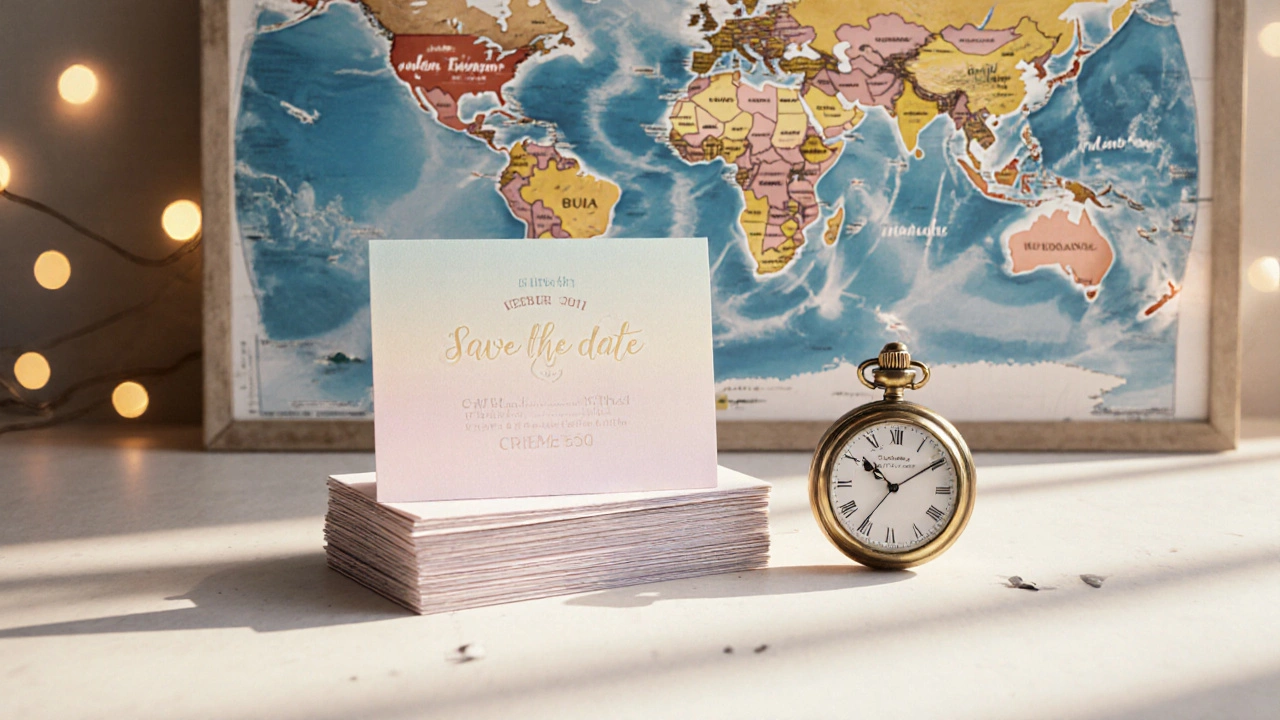Wedding Timeline: How to Keep Your Big Day on Track
When working with Wedding timeline, a step‑by‑step schedule that maps out every major event from engagement to reception. Also known as a wedding schedule, it helps couples see the big picture and avoid last‑minute chaos. A well‑crafted timeline works hand‑in‑hand with Wedding planning, the overall process of turning ideas into a reality, Wedding photography schedule, the planned moments when the photographer captures key scenes and Wedding budget timeline, a financial roadmap that spreads costs across months and weeks. By linking these pieces together, a couple can see how the invitation send‑out, venue booking, and dress fittings all fit into one cohesive flow.
The core idea behind a wedding timeline is simple: break the massive event into bite‑size tasks and assign realistic dates. This approach encompasses ceremony scheduling, reception planning, and vendor coordination. It requires clear communication with everyone involved, from the florist to the DJ. In practice, the timeline influences the stress level on the big day because each milestone has a buffer built in for unexpected hiccups. For example, a photographer’s arrival time is tied to the ceremony start, which in turn depends on when the venue doors open. If the venue booking date shifts, the entire photography schedule slides accordingly. That’s why keeping a close eye on the wedding timeline can save you from scrambling when a vendor changes a deadline.
What’s Inside a Good Timeline
A solid timeline starts with the engagement month, marking the date you’ll set the official Wedding invitation schedule, when save‑the‑dates, invites, and RSVPs are sent out and tracked. Next, you plot the venue confirmation, dress ordering, and catering tastings, each with a specific deadline. Midway through the planning phase, you slot in the Wedding photography schedule – engagement shoot, day‑of coverage, and post‑production timeline – so the photographer knows when to be on site and when the final album is due. Budget checkpoints appear throughout the plan, ensuring you stay within the Wedding budget timeline and can adjust allocations if a vendor price changes.
By the final weeks, the timeline narrows to rehearsal dinner logistics, final dress fittings, and a detailed day‑of itinerary that includes ceremony start time, cocktail hour, first dance, and cake cutting. Each item is linked back to the larger schedule, creating a chain of cause and effect that keeps everything moving smoothly. When you read through the articles below, you’ll see real‑world examples of how couples tackled each segment – from deciding who pays for the wedding to choosing the right photographer hours. Use these insights to fine‑tune your own schedule, add buffer days where needed, and feel confident that every piece of your celebration is in the right place.

- Nov, 24 2025
- Comments 0
When to Send Save the Dates for Your Wedding: A Clear Timeline for 2025

- Oct, 5 2025
- Comments 0